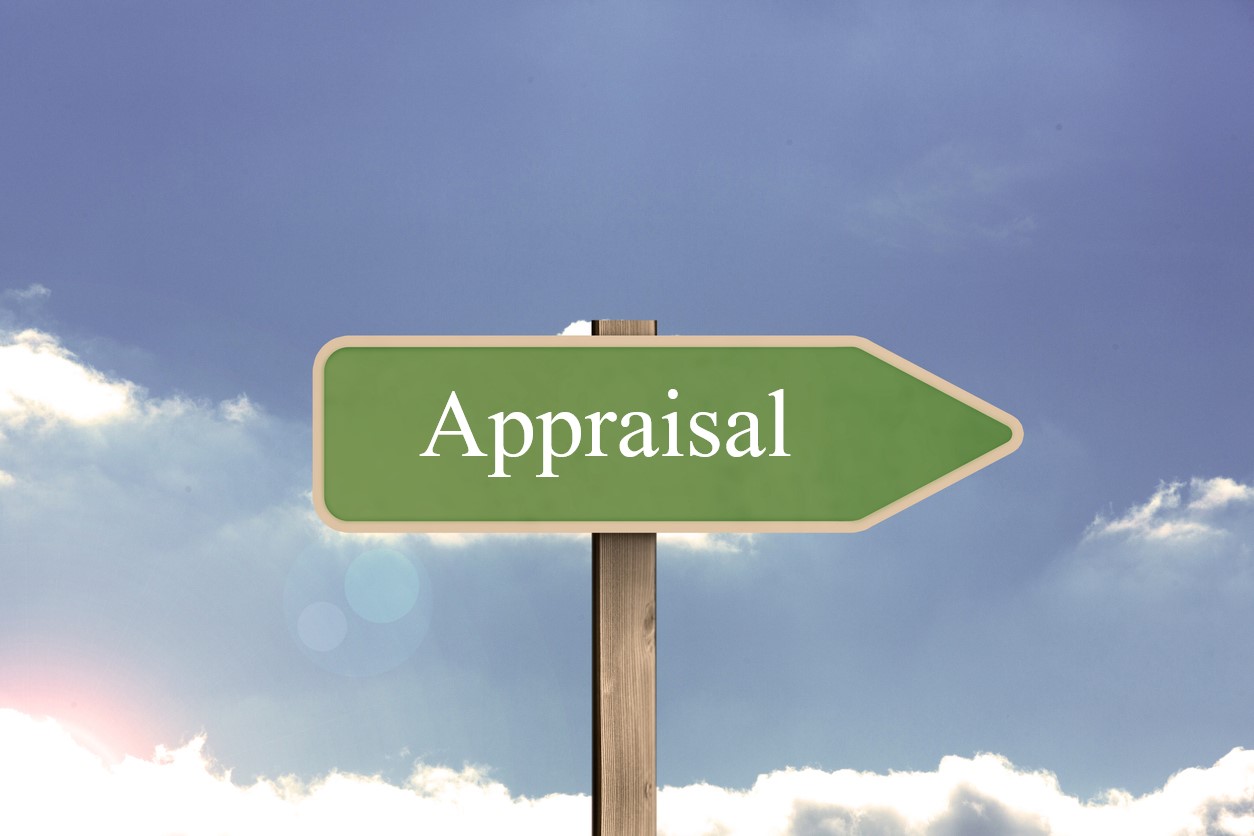We are just over 6 months after Hurricane Sandy, and sadly, many in New Jersey are still in limbo concerning their insurance claims. It is important for these policyholders to be aware that the clock is running on their time to file lawsuits against their insurance carriers. The time limits differ, depending on the type of claim as well as the policy language. Below is a breakdown on the applicable time limits in New Jersey, based upon the type of claim.
Flood Claims:
Ordinarily under the National Flood Insurance Program, a Proof of Loss must be filed with in 60 days of the date of loss. However, as many have you have read over the past 6 months, FEMA has extended the time to file a proof of loss for a Sandy flood claim under the National Flood Insurance Program to one year from the date of loss. NFIP policyholders have approximately 6 months left to file their flood claims. The time period for filing a lawsuit on a SFIP claim is one year from the date of denial of the claim.
Homeowner’s Claims:
An insurance policy is a contract between the policyholder and their insurance carrier. Ordinarily under New Jersey law, a lawsuit based on a contract must be brought within 6 years of the breach of contract. New Jersey Statute 2A:14-1 states:
Every action at law… for recovery upon a contractual claim or liability, express or implied… shall be commenced within 6 years next after the cause of any such action shall have accrued.
Thus, a lawsuit against an insurance carrier for breach of the policy agreement must ordinarily be brought within 6 years of the breach. However many are not aware that the insurance contract itself can further limit the time within which one may bring a suit. Courts have interpreted New Jersey law to permit a contractual clause shortening the time to bring a lawsuit to as short as one year from the date an insurer breaches the insurance contract. In Gahnney v. State Farm Insurance Company,1 the U.S. District Court explained:
In the present case, there is a clause which unambiguously states that the statute of limitations is one year. The clause reads as follows: “[t]he action must be started within one year after the date of loss or damage.” (emphasis added). Therefore, for the purposes of this motion, the applicable period for the statute of limitations is one year.
It is vitally important for policyholders to be aware of any policy time limitations.
1 Gahnney v. State Farm Ins. Co., 56 F.Supp.2d 491 (D.N.J.,1999).




